home
>
Blog
>
Photography
>
Differences between color correction and color grading
Differences between runs …
It is common for us to recognize the term “color correction” when talking about video clips for more professional productions. But there is another term that is sometimes used interchangeably and is confused with the first. We are talking about “color grading” which is the reason that brings us to this entry. What are the similarities and differences between these two? Here we tell you.
First things first, what are we talking about when we say “color correction”?
Well, it turns out that this is a fundamental element of both design and visual storytelling. Its use has to do with our sensory experience to describe objects, express emotions and evoke a response in the viewer.
In fact, it is very common for color palettes to be defined in productions and this is no coincidence since color is one of the protagonists in video production. Historically, artists have used this element to create a work environment and bring their work to life with a specific theme.
Color correction
So what is color correction? It is a process by which each individual clip in a video footage is modified to match the full range of shots. So the color temperature of the shots match each other. That is to say, the colors are balanced: the whites will look truly white and the blacks really black so that everything is visually pleasing and uniform.
Learn more about color correction
Color grading or grading
On the other hand, when we talk about color grading, we mean taking what has been done with color correction and taking it even further. With this other action, the video is modified for specifically aesthetic and communicative purposes.
After the editing and colors have been harmoniously accommodated in the video, the story can be further modified with the manipulation of colors in order to give a new visual tone.
What will we achieve with color grading?
You could say that color grading is an art in itself that is used to emphasize moods or achieve a certain style in the way of telling the story. This can make a very considerable difference to give, for example, an aspect of violence in a specific scene. Or to achieve a sad scene of a very vivid landscape. In addition, it should be mentioned that the effect does not have to be highly visible to cause the desired impact, a subtle degree of color may suffice.
Do you want to learn how to color grading like a professional?
A little history
We can find color grading practically from the beginning of the cinema. In 1922, Murnau altered the negative for his film Nosferatu during development to obtain the result he had in mind so that he could impact the audience with gloomy scenes.
Some famous movies that have used this technique are: The Godfather, the famous Coppola film uses orange tones for its scenes, both indoors and outdoors. It should be noted that when this warm color appears, it generally precedes the death of some character.
A current example is the acclaimed Chernobyl series that gives an antique look to the streets of Russia in the late 1980s, last century. Possibly to report the decline caused by this unfortunate accident.
Color grading tools
Currently it is not necessary to work in a production house to be able to do a color grading practice, but it is available to anyone through various software. Probably the most popular is Da Vinci Resolve, developed by Blackmagic Design that is already in version 16 and you can find it for Mac, Windows and Linux.
The great advantage of this program is that a single system can edit, correct color, and finish projects. In addition, it adapts to any resolution so it can be used both in a recording set, in a small studio or even in large cinema productions. Some of the most valuable elements that you can obtain through this software are:
– A great variety of styles
– Color grading from RAW files
– Exceptional Primary Corrections
– Accurate secondary fixes
– Reframe with optical quality
– Exclusive YRGB color space

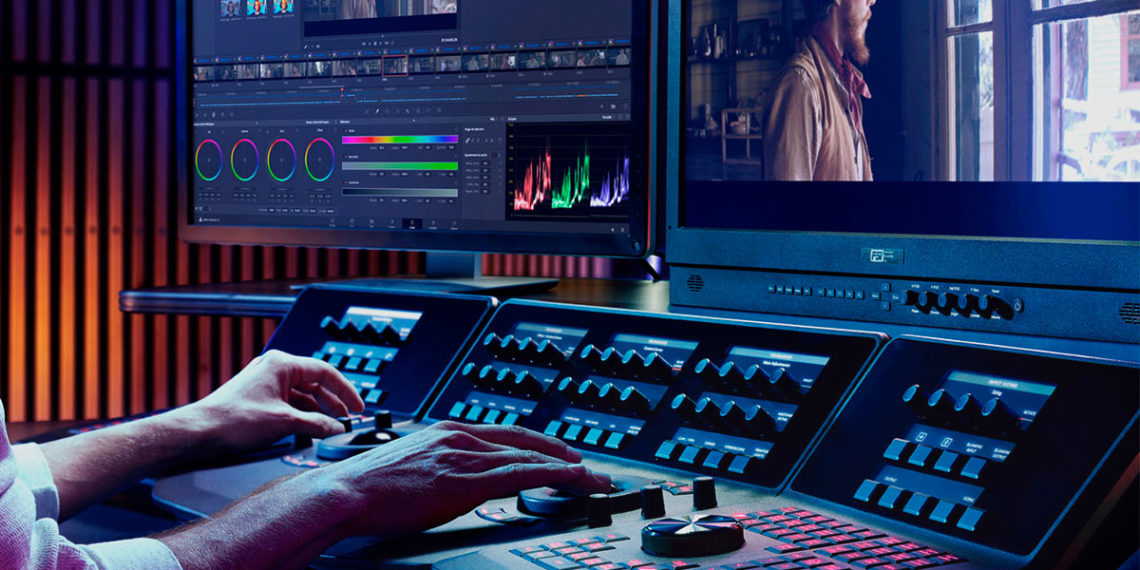
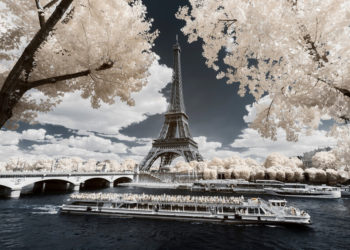
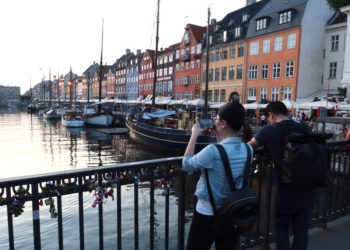
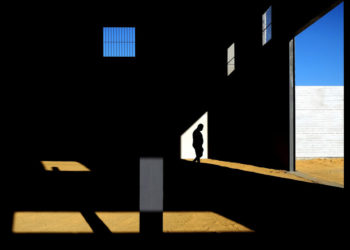
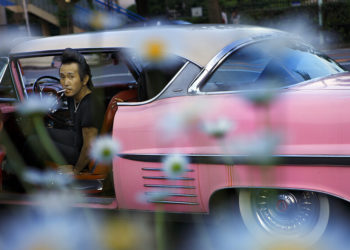



Discussion about this post